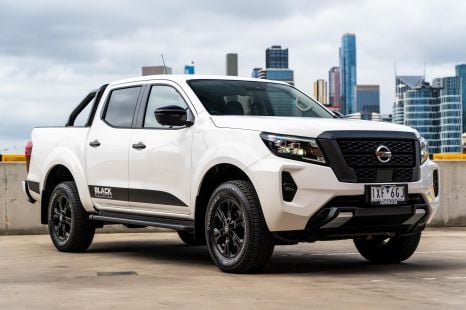

Josh Nevett
2 Months Ago
Volkswagen's latest teaser for the new Amarok gives us a closer look at the infotainment buttons. The climate control is in the touchscreen.

Contributor
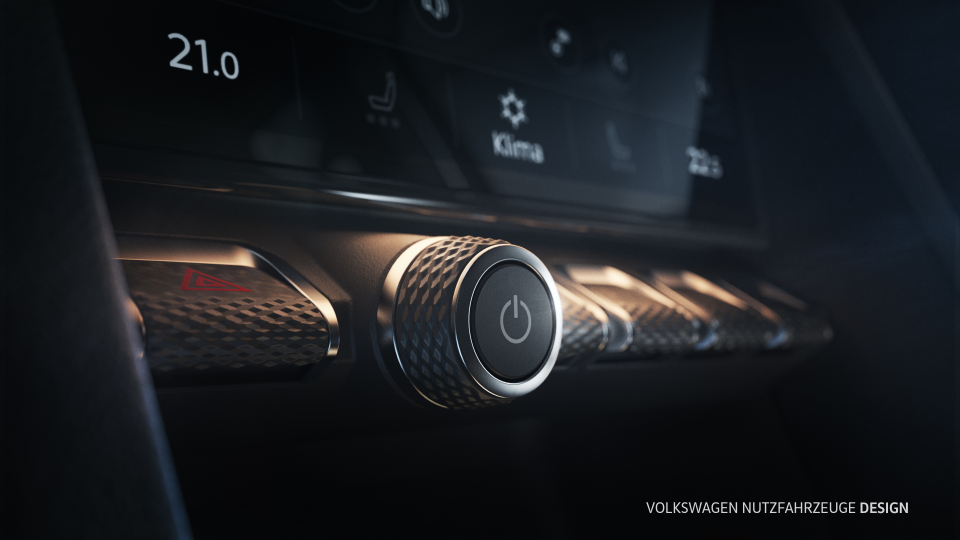

Contributor
Volkswagen‘s drawn out teaser campaign for the upcoming Amarok continues, with the German automaker giving us a closer look at the ute’s infotainment switchgear.
But the teasers won’t go on much longer, since the new 2023 Volkswagen Amarok ute will be revealed in full on July 7, ahead of a local launch early in 2023.
As in the new Ford Ranger, with which the new Amarok shares its underpinnings, the Amarok features a portrait-oriented touchscreen.
Volkswagen has previously said it will offer “a size up to 12 inches”. The Ford Ranger has a choice of 10.1-inch or 12-inch touchscreens, while by contrast the long-in-the-tooth outgoing Amarok has a 6.33-inch touchscreen.
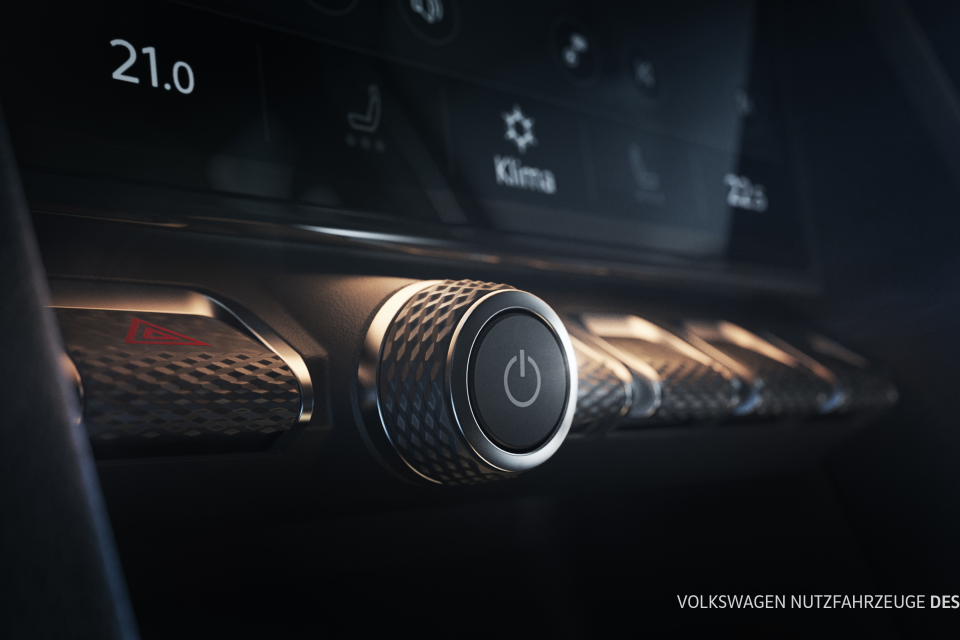
This latest teaser image shows the button layout underneath the Amarok’s infotainment system is asymmetrical with a circular volume button that doubles as an on/off button that’s slightly closer to the driver.
It remains to be seen if the power symbol on the volume knob will stay the correct orientation when the knob is spun around, or if the symbol will rotate around with the knob like other current Volkswagen vehicles.
Flanking this are a number of piano-key-like buttons for functions like the hazard lights, parking assist, climate control, and drive modes.
All of these infotainment switches and buttons are said to have an “aluminium look” which apparently gives the Amarok an “elegant appearance”.
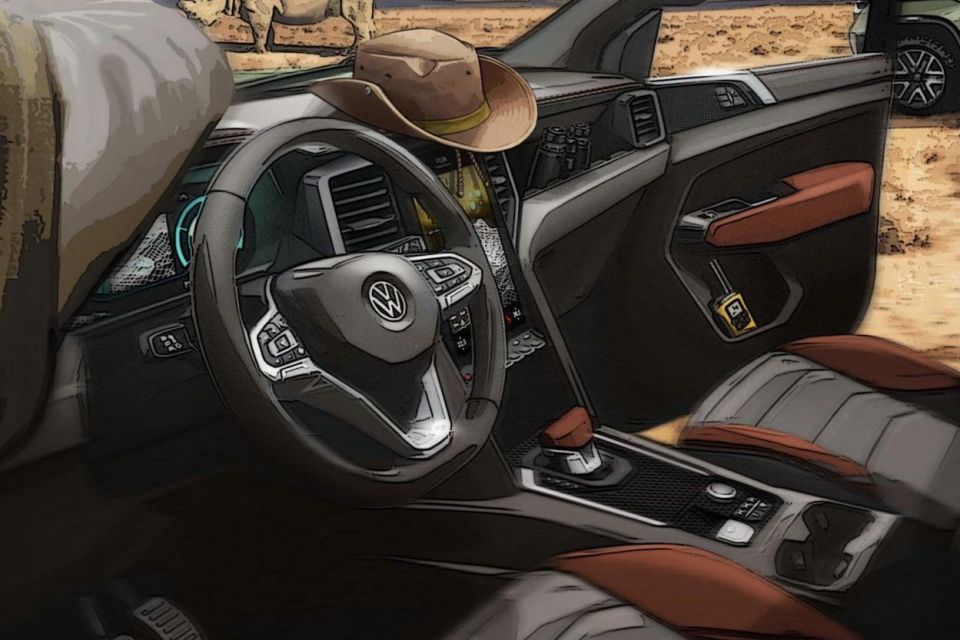
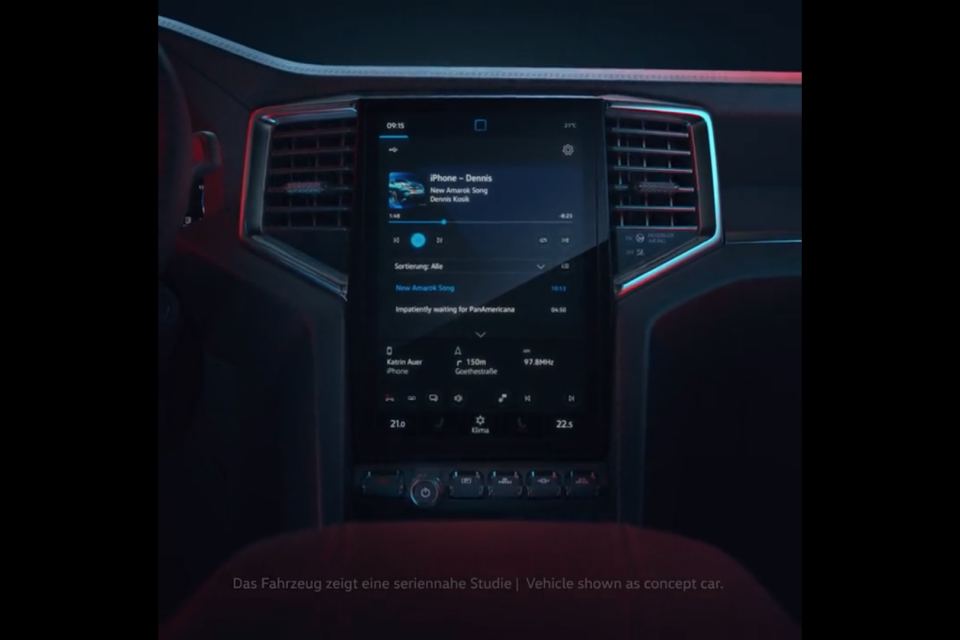
There are no physical dials and buttons for the climate control like in the Ranger. This is part of the infotainment operating system.
The Amarok is expected to run a version of Ford’s Sync 4 infotainment system, though it appears to feature a different skin.
While the Ranger and Amarok may share a large touchscreen bookended by tall air vents, their respective interiors have been styled differently.
The Amarok features different air vents, as well as a unique steering wheel and what appears to be a unique shifter. Expect a different look for the digital instrument cluster as well.

The German automaker has made it clear it’s aiming to give the Amarok “genuine Volkswagen DNA”.
To that end, there’s also unique front and rear styling.
Around the back, there are unique tail lights while up front there’s a look that’s more of an evolution of the current model’s design language, in stark contrast with the shrunken F-150 look of Ranger.
Unlike the Ford, the Volkswagen will eschew halogen headlights for its lower-spec models. All grades will LEDs or matrix LEDs.
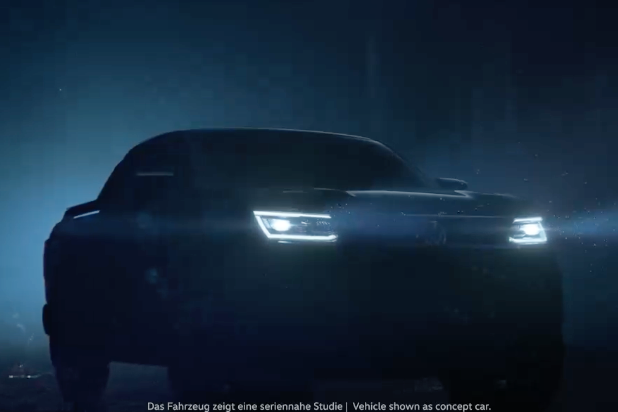
MORE: Halogen v LED v matrix LED v laser: Headlights compared and tested
Volkswagen will offer the Amarok in base, Life, Style, and flagship PanAmericana and Aventura trim levels.
The PanAmericana will have an “off-road character”, while the Aventura will have more of a road-going style.
Volkswagen’s turbo-diesel V6 won’t feature but fret not: the company has confirmed a bent-six will continue, in the form of Ford’s 3.0-litre V6 turbo-diesel mated with a 10-speed automatic transmission.
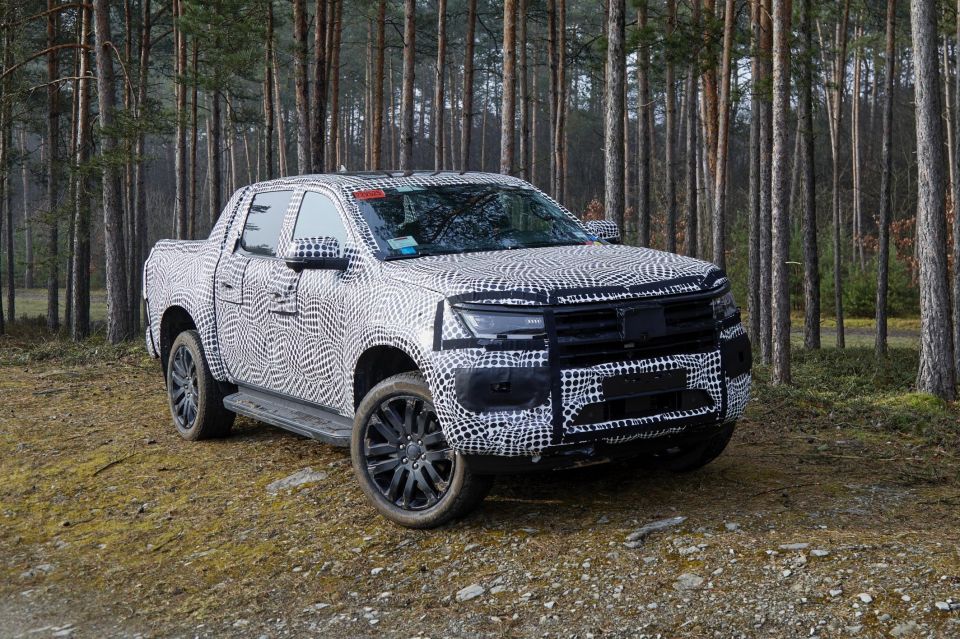
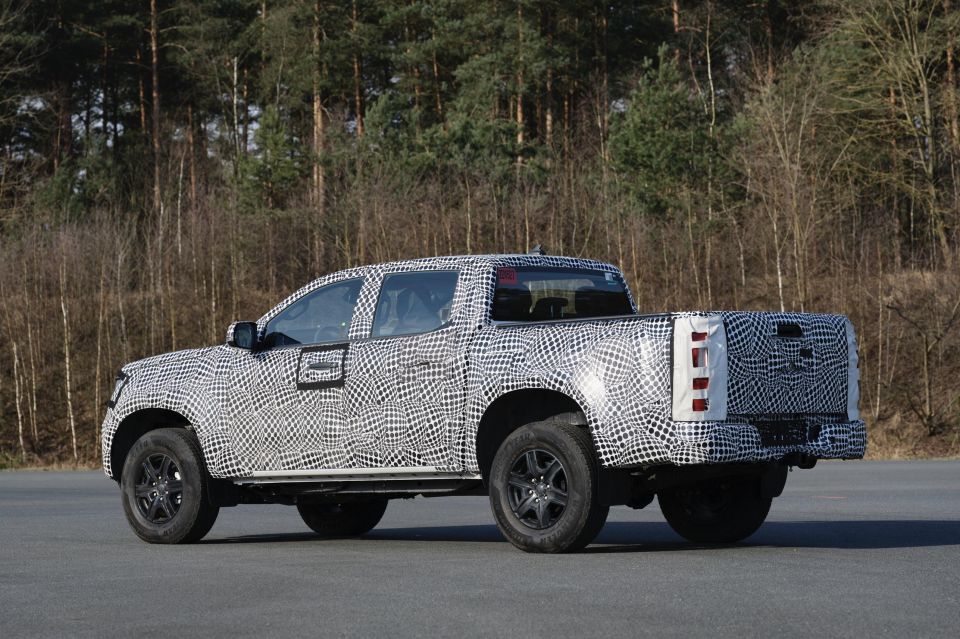
In the Ranger, this engine makes 184kW of power and 600Nm of torque.
Volkswagen’s current Amarok flagship, the W580, makes 190kW and 580Nm from its 3.0-litre turbo V6 engine.
Globally there will be the choice of four diesels and one petrol, with displacement of between 2.0-litre and 3.0-litres, plus either rear-wheel drive, part-time 4×4, or full-time permanent AWD. Volkswagen has previously said the 3.5-tonne towing capacity will remain.
Given the V6 is coming from Ford, that suggests Volkswagen will also use the Ranger’s 2.0-litre single-turbo diesel and six-speed auto, 2.0-litre bi-turbo and 10-speed auto, and 2.3-litre EcoBoost turbo-petrol. It’s unclear what the missing option mentioned will be.
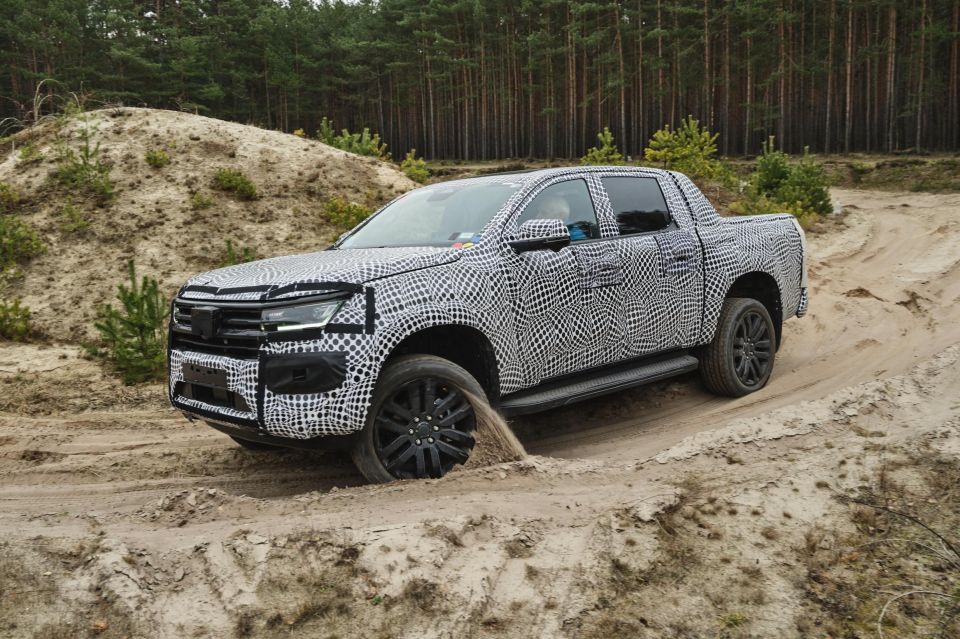
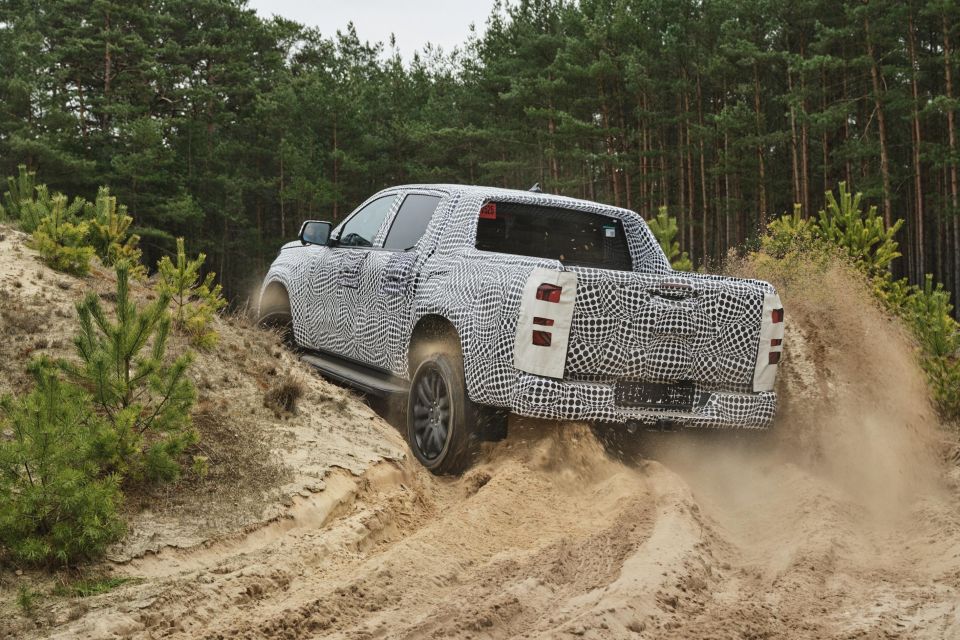
Over the outgoing model, Volkswagen Commercial Vehicles is also promising new-to-segment driver-assist features, superior off-road abilities, and a more comfortable and premium interior.
In total, it says the Amarok will offer more than 30 driver assistance systems – another massive leap from the current car, which lacks even autonomous emergency braking.
Expect the Amarok to follow the Ranger in offering features like adaptive cruise control, blind-spot monitoring, lane-keep assist and rear cross-traffic alert.
Developed by teams in Australia and Europe, the latest version of the Amarok will be produced in Silverton, South Africa, unlike the Ranger which comes to Australia from Thailand.
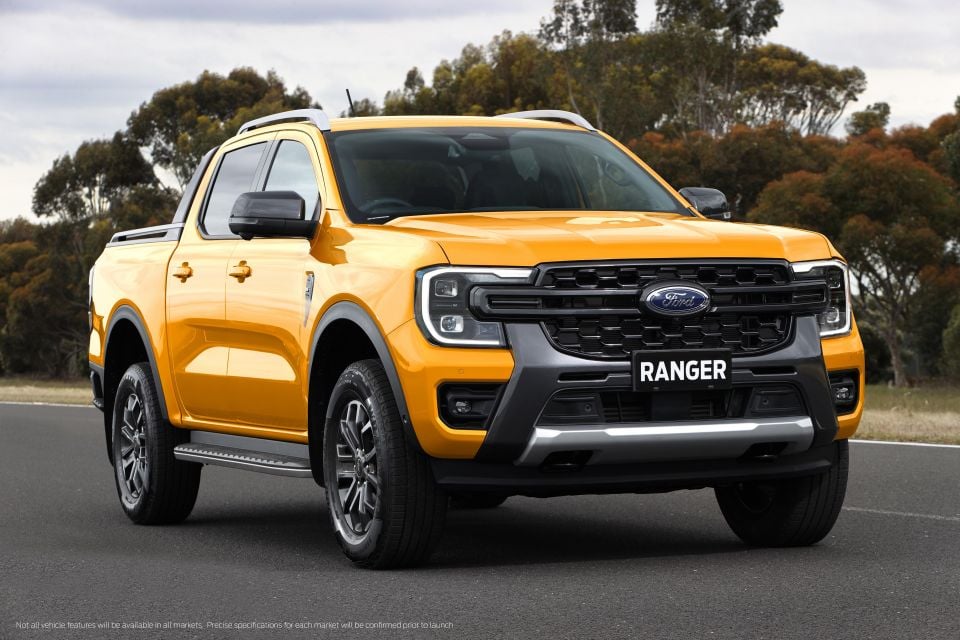
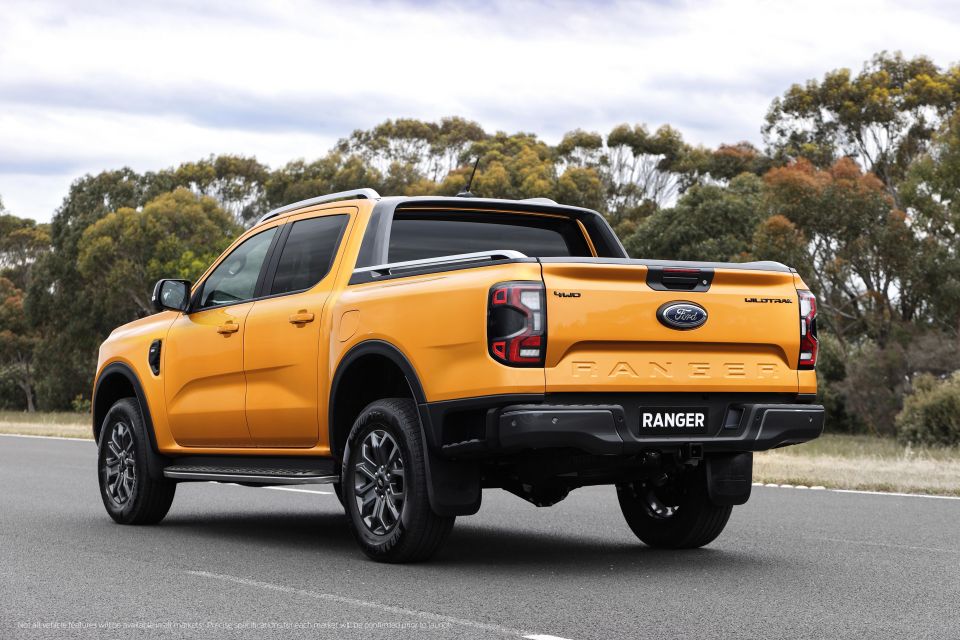
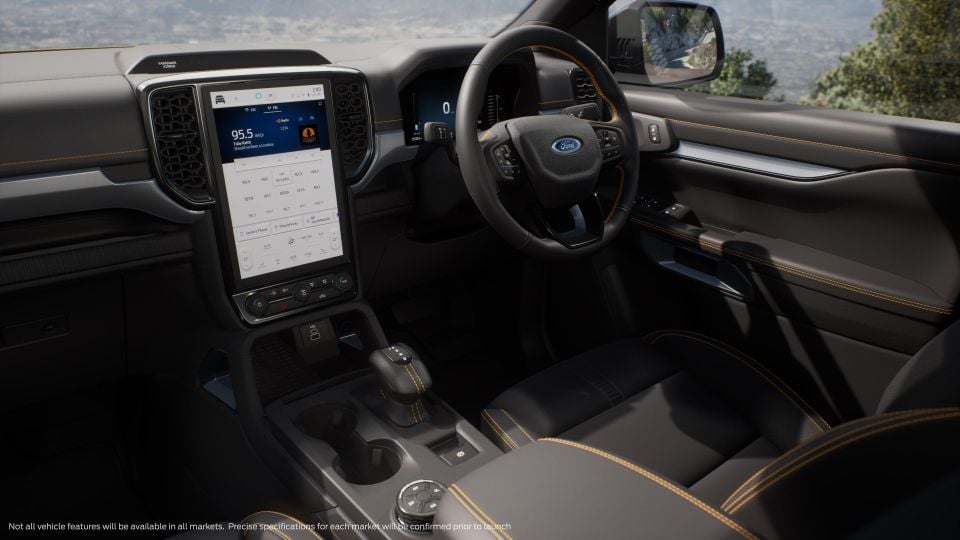
The current model is assembled in Argentina.
Though it shares much with the Ranger, Volkswagen says it has had its team working in parallel with Ford’s Ranger team.
It’ll also once again partner with Walkinshaw on locally-tuned, up-spec versions of the Amarok in the absence of a Ranger Raptor-based flagship.
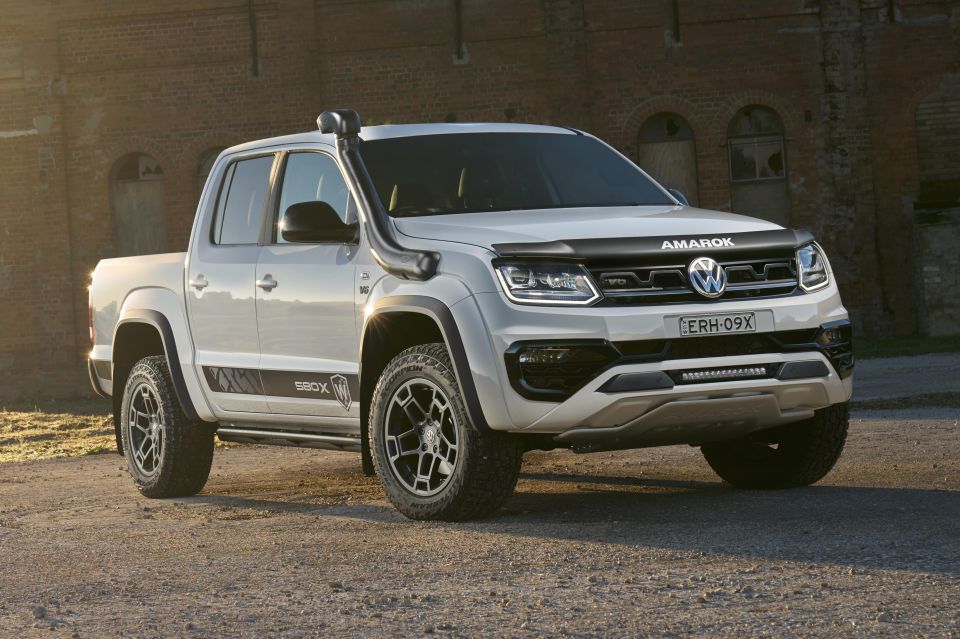
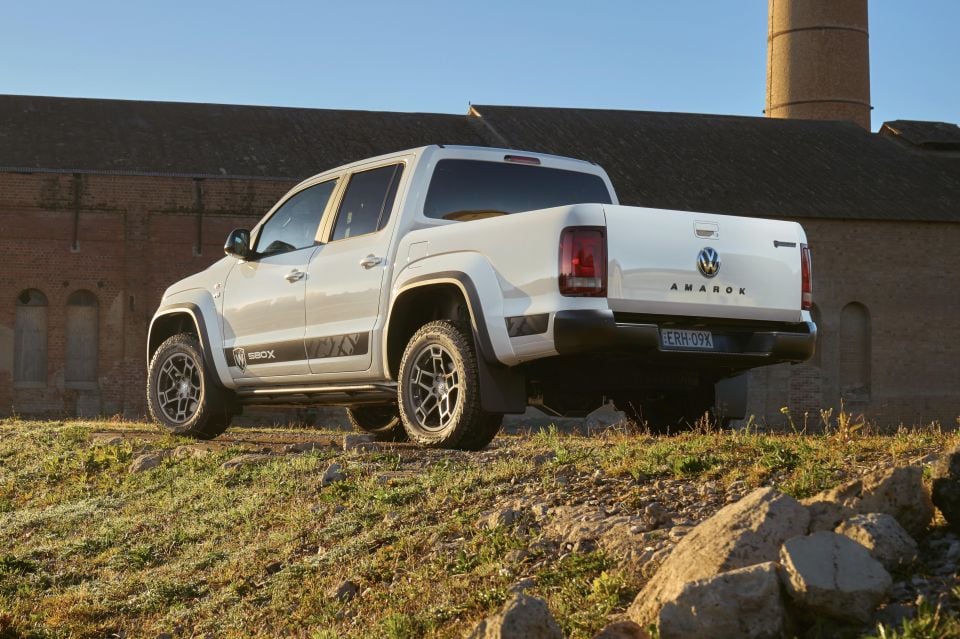
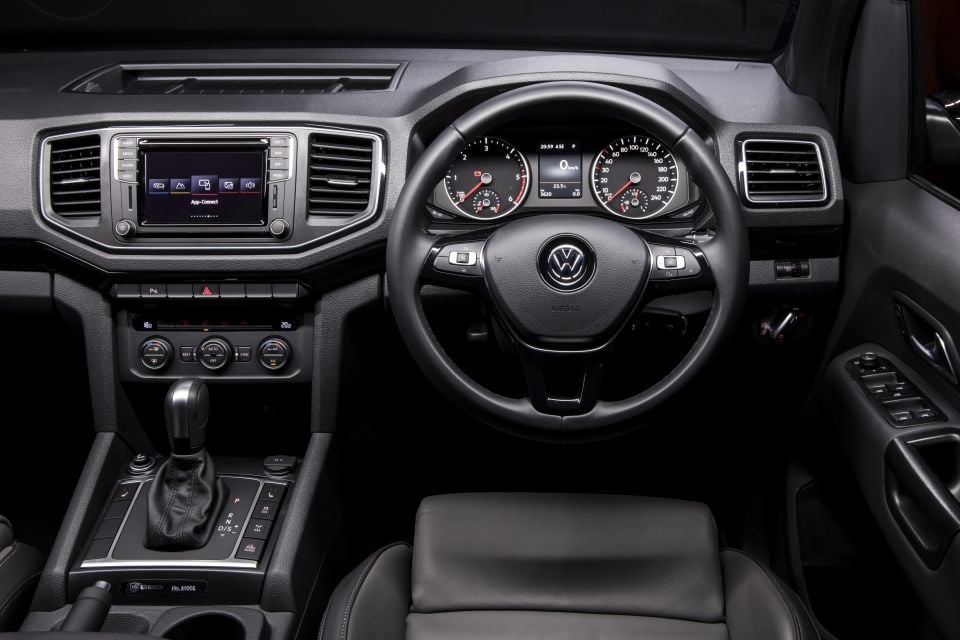
Such a model could appear as early as late 2024. That’s less of a wait than the current W-Series models, which arrived around a decade after the first-generation Amarok’s launch.
The current W-Series Amaroks add features from new seats and stickers all the way through to uprated suspension, body protection, rock rails, wheel and tyres, and lighting.
They’re sold in Volkswagen dealers and keep the normal factory warranty.
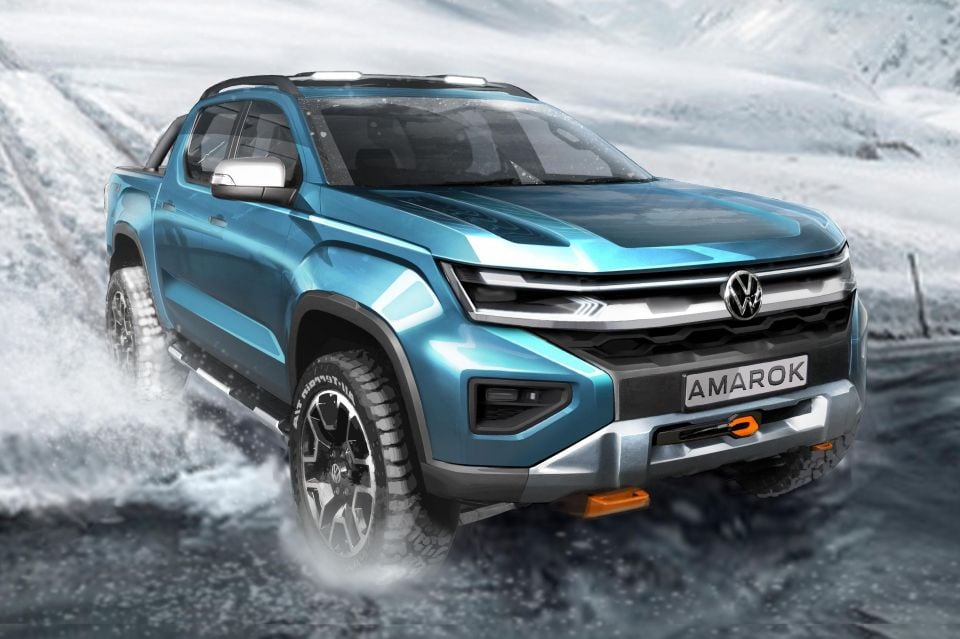
Volkswagen executives in Europe have also spoken about the possibility of an electric version of the Amarok during its lifecycle.
Autocar reports this Amarok EV could be launched in Europe in 2025.
Ford will launch a plug-in hybrid (PHEV) version of the Ranger by 2024, but Volkswagen reportedly isn’t entirely satisfied with the electric range of the PHEV according to Lars Krause, Volkswagen Commercial Vehicle board member responsible for marketing.
Take advantage of Australia's BIGGEST new car website to find a great deal on a Volkswagen Amarok.
Jack Quick is an automotive journalist based in Melbourne. Jack studied journalism and photography at Deakin University in Burwood, and previously represented the university in dance nationally. In his spare time, he loves to pump Charli XCX and play a bit of Grand Theft Auto. He’s also the proud owner of a blue, manual 2020 Suzuki Jimny.


Josh Nevett
2 Months Ago
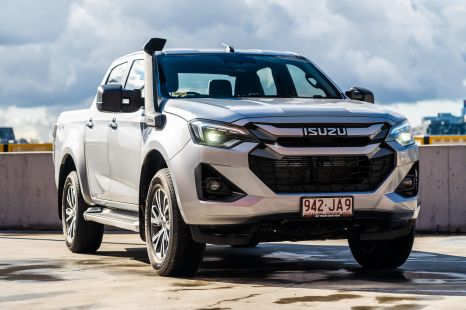

Max Davies
2 Months Ago
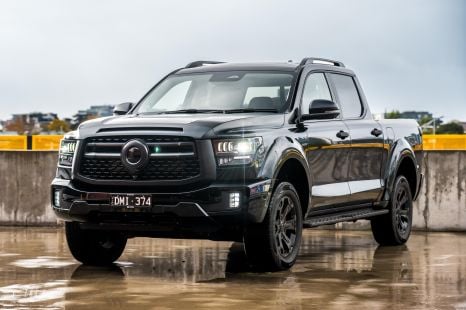

James Wong
2 Months Ago
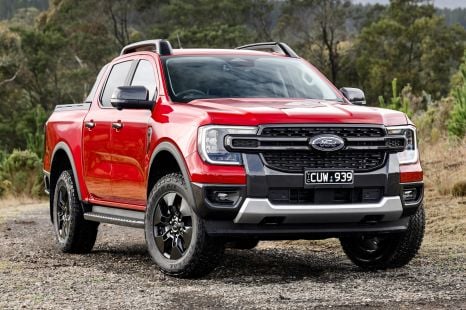

Max Davies
1 Month Ago
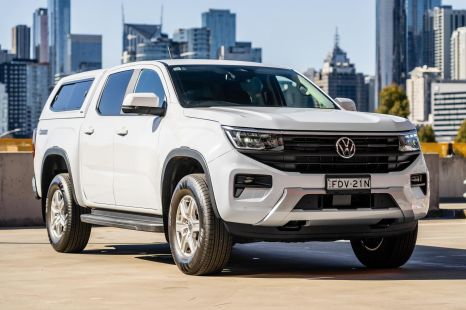

Max Davies
20 Days Ago
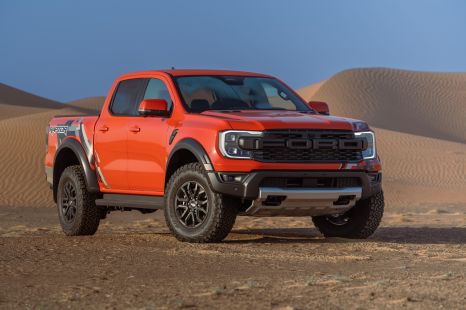

Damion Smy
15 Days Ago